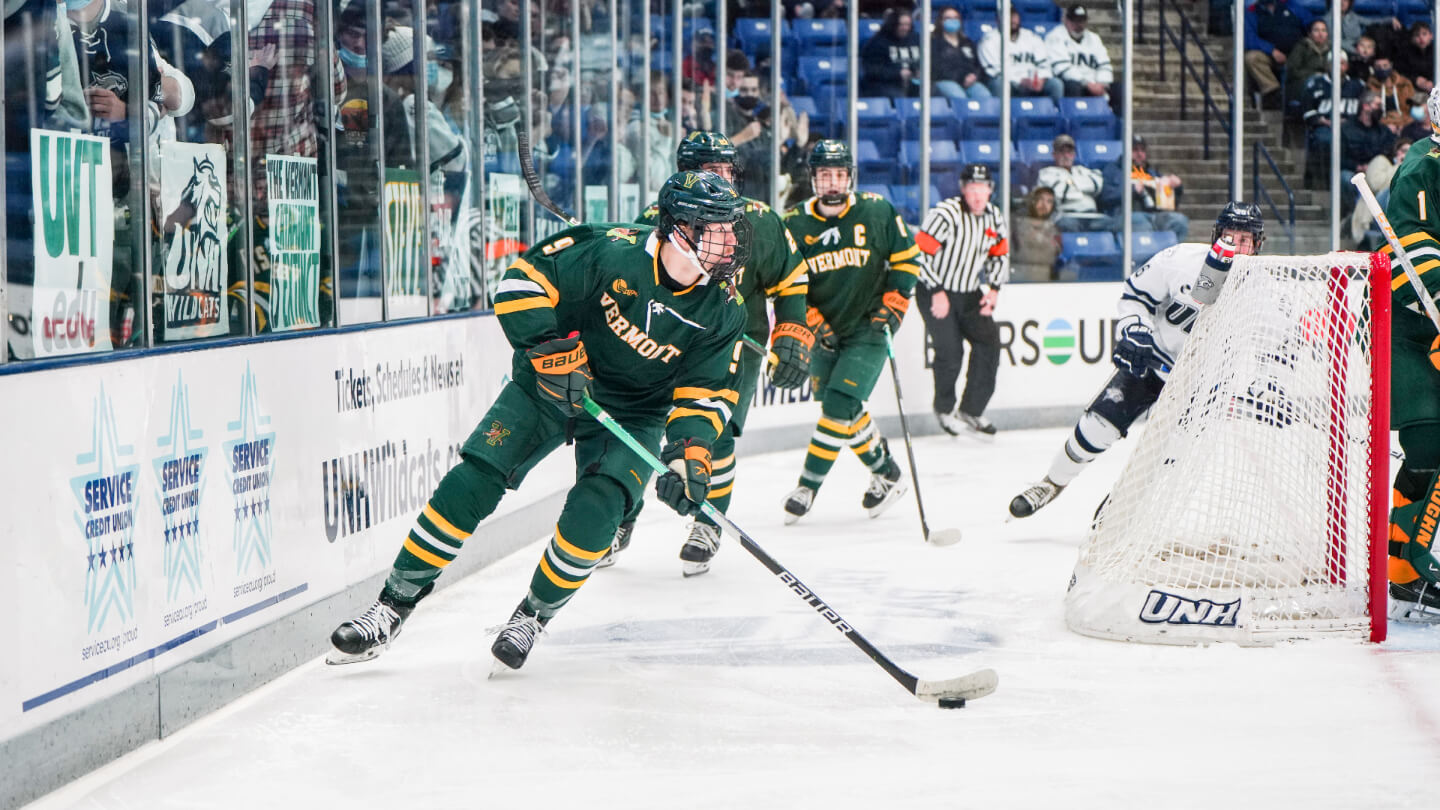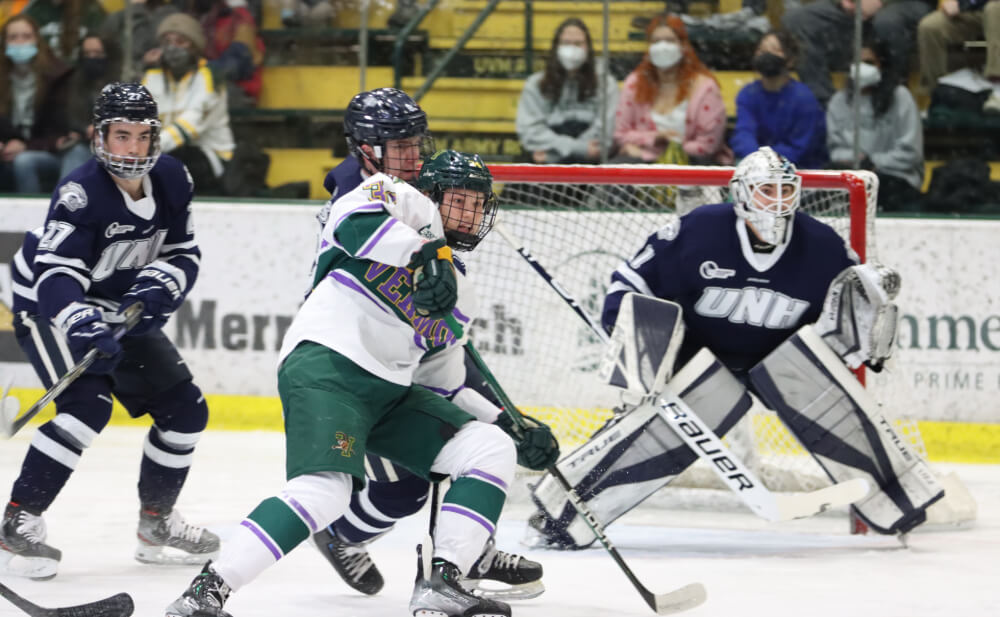P
atrik Laine always chuckled a bit when Todd Woodcroft repeated the promise: One day, the coach was going to learn to greet the young sniper in Finnish. Laine surely knew his native tongue is almost comically inaccessible for those who don’t grow up speaking it, but Woodcroft is a man of his word — in a few languages. At the time, Woodcroft was an assistant on Paul Maurice’s Winnipeg Jets staff and one day, as the two coaches were breakfasting together at the team facility, the players started rolling in. “I was just sitting there eating cereal with Paul and Mathieu Perreault comes in and I said ‘Good morning to you. How you doing today?’ in French,” Woodcroft says. Next it was Marko Dano, who got a greeting in Slovakian. Woodcroft then exchanged pleasantries with Dmitry Kulikov in Russian, followed by Tobias Enstrom in Swedish. Finally, Woodcroft trotted out his Finnish for Laine, who just kind of laughed as he walked by. By that point, Maurice had paused his cereal consumption. “He had his spoon down and he said, ‘You’re Jason Bourne,’” Woodcroft recalls. “He’s like ‘How many passports do you have?’”
Woodcroft has never had to escape gunfire by leaping off a third-story balcony, but that scene from about five years ago illuminates why, in his current role as head coach of the University of Vermont Catamounts, he’s well positioned to win recruiting battles on a relatively new front. The number of Europeans playing NCAA hockey has tripled in the past decade, and Woodcroft, now in Year 3 behind the Cats’ bench, has built the most international roster in college hockey.
But it’s not only kids coming across the Atlantic who are changing dressing-room dynamics in Vermont and across the United States. Division 1 men’s hockey is slated to have 64 programs next year, up from 62 this fall and more than it’s ever had previously. In short, the college game is growing in every sense, and while nothing comes easy in this ultra-competitive world, Woodcroft and his staff are working around the clock — and the globe — to get his team moving up the ranks.




